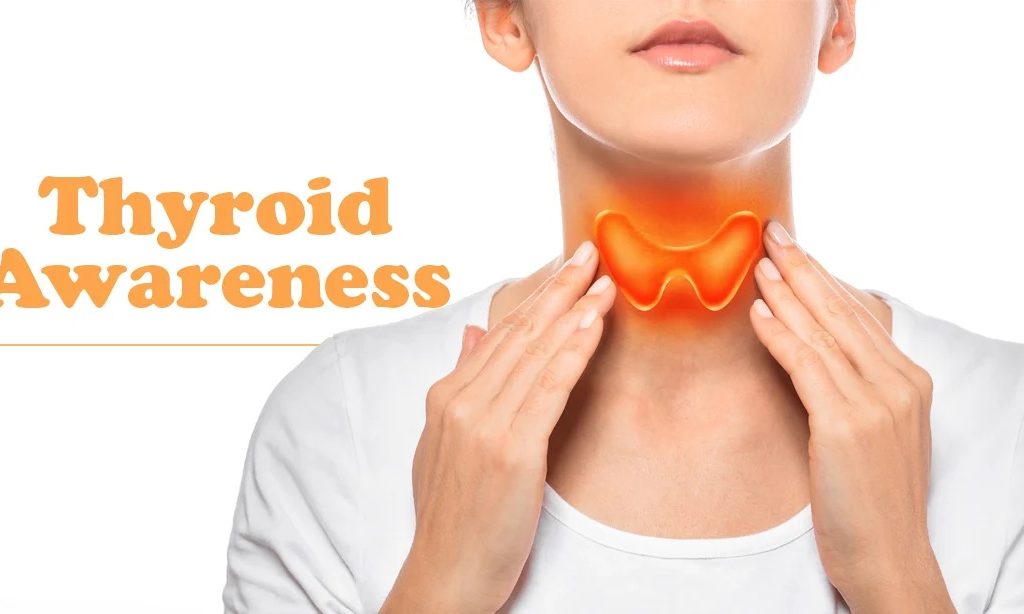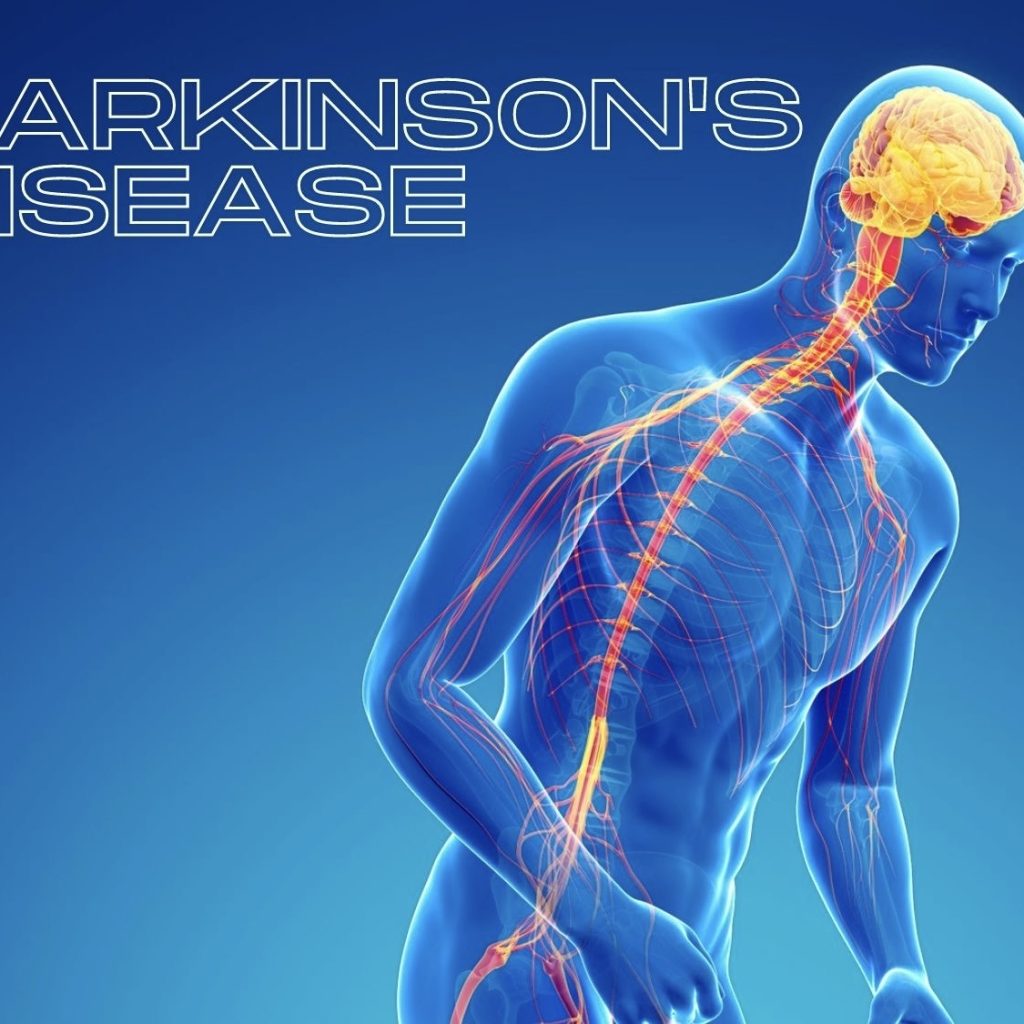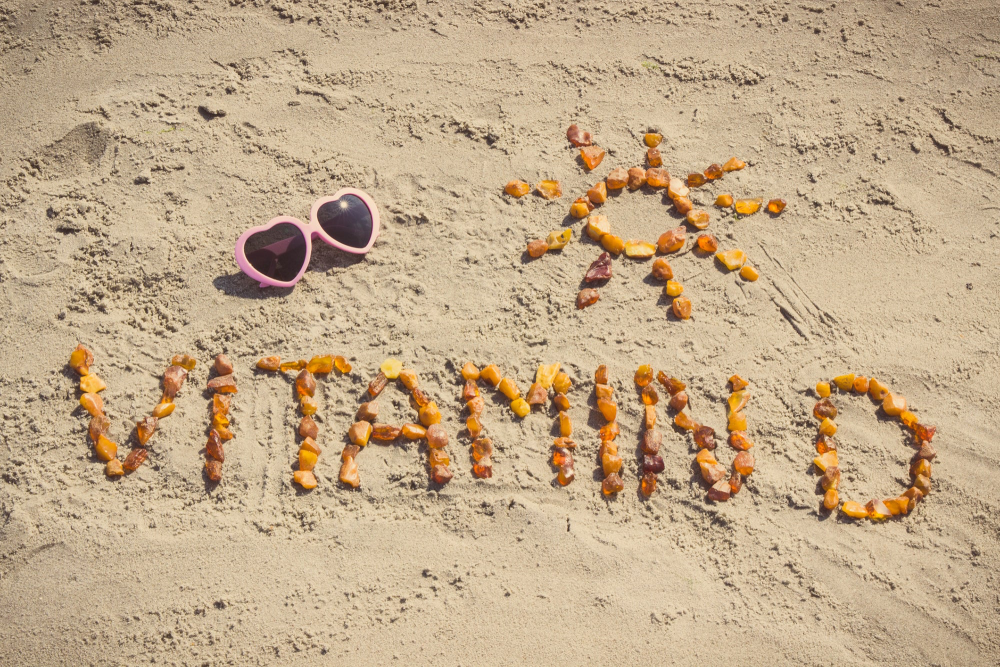
Vitamin D is a fat-soluble vitamin. (Fat soluble vitamins are Vitamin A,D,E,K). Very few foods naturally contain vitamin D (fatty fish are the exception), so dermal synthesis is the major natural source of the vitamin.(From Skin) Vitamin D from the diet or dermal synthesis is biologically inactive and requires enzymatic conversion to active metabolites.
Vitamin D is converted enzymatically in the liver to 25-hydroxyvitamin D (25[OH]D), the major circulating form of vitamin D, and then in the kidney to 1,25-dihydroxyvitamin D, the active form of vitamin D.
Table of Contents
- Interesting facts about Vitamin D:
- Overview of Vitamin D
- From where do we obtain vitamin D?
- How does Vitamin D deficiency occur?
- Symptoms of Vitamin D deficiency?
- Vitamin D benefits in:
- What is the normal requirement of vitamin D?
- Is the risk of ExcessVitamin D worrying issue in the future?
- What are the symptoms of Acute intoxication of Vitamin D?
- How to treat Vitamin D deficiency in adults(non-pregnant)?
Interesting facts about Vitamin D:
Vitamin D insufficiency affects almost 50% of the population worldwide.
Vitamin D was used in the pre-antibiotic era for the treatment of patients with tuberculosis (TB), when the ancient Greeks had first introduced “heliotherapy” (i.e., sunlight exposure) to treat TB.
Vitamin D deficiency is linked with cardiovascular disease, anxiety, depression.
Overview of Vitamin D
Vitamin D is a fat-soluble vitamin. (Fat soluble vitamins are Vitamin A,D,E,K). Very few foods naturally contain vitamin D (fatty fish are the exception), so dermal synthesis is the major natural source of the vitamin.(From Skin) Vitamin D from the diet or dermal synthesis is biologically inactive and requires enzymatic conversion to active metabolites.
Vitamin D is converted enzymatically in the liver to 25-hydroxyvitamin D (25[OH]D), the major circulating form of vitamin D, and then in the kidney to 1,25-dihydroxyvitamin D, the active form of vitamin D.
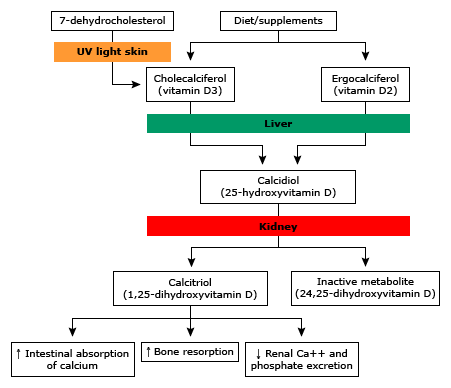
Vitamin D and its metabolites have a significant clinical role because of their interrelationship with calcium homeostasis and bone metabolism. Rickets (children) and osteomalacia (children and adults) due to severe vitamin D deficiency are now uncommon except in populations with unusually low sun exposure, lack of vitamin D in fortified foods, and mol-absorptive syndromes. Subclinical vitamin D deficiency, as measured by low serum 25(OH)D, is very common.
From where do we obtain vitamin D?
Sources of vitamin D – Very few foods naturally contain vitamin D; fatty fish are the exception. Some foods/drinks are fortified with vitamin D (eg, milk, breakfast cereals). Vitamin D3 (cholecalciferol) is synthesized non-enzymatically in skin from 7-dehydrocholesterol during exposure to the ultraviolet (UV) rays in sunlight.
Very few foods naturally contain vitamin D (fatty fish are the exception, although content can vary considerably; dermal synthesis is the major natural source of the vitamin(Sunlight is important).
How does Vitamin D deficiency occur?
- Impaired availability of vitamin D, secondary to inadequate dietary vitamin D, fat malabsorptive disorders, and/or lack of sunlight.
- Impaired hydroxylation by the liver to produce 25-hydroxyvitamin D (25[OH]D)
- Impaired hydroxylation by the kidneys to produce 1,25-dihydroxy vitamin D (vitamin D-dependent rickets type 1, chronic renal insufficiency)
- End-organ insensitivity to vitamin D metabolites (hereditary vitamin D-resistant rickets [HVDRR, vitamin D-dependent rickets type 2]).
Symptoms of Vitamin D deficiency?
- bone pain
- Tenderness
- joint pain
- Fracture
- muscle weakness or spasms
- problems with bone development or the teeth
- difficulty walking
- Mood disorders
Vitamin D benefits in:
Bone
- Optimal mineralization through calcium and phosphorus handling
Immunity
- Reduction of proinflammatory cytokines
- Microbial killing
- Chemotaxis
- Apoptosis of infected cells
Cardiovascular disease
- RAAS inhibition
- Reduction of fatty acid absorption and induction of lipoprotein lipase
- Inhibition of vascular smooth muscle cells proliferation and of vascular calcification
- Reduction of oxidative stress, inflammation and thrombogenesis
Cancer
- Inhibition of cell proliferation, angiogenesis and metastasis
Type 2 diabetes
- Modulation of B-cell growth and differentiation
- Enhancement of insulin secretion
- Increase of the insulin receptor expression
- Enhancement of insulin-mediated glucose transport
Neuroprotection
- Regulation of neurotrophic factors and nerve growth
- Protection against cytotoxicity
- Reduction of oxidative stress
What is the normal requirement of vitamin D?
Children 1 to 18 years and adults through age 70 years is 600 international units (15 mcg) daily. The RDA is 800 international units (20 mcg) daily after age 71 years. For pregnant and lactating mothers, the recommended intake is 600 international units (15 mcg) per day. The intake can be provided in the diet or as a vitamin D supplement. Vitamin D intake is often low in older adults, who also may not have regular effective sun exposure.
Is the risk of ExcessVitamin D worrying issue in the future?
Vitamin D intoxication generally occurs after inappropriate use of vitamin D preparations. It may occur in fad dieters who consume “megadoses” of supplements or in patients who take vitamin D replacement therapy for malabsorption, renal osteodystrophy, osteoporosis, or psoriasis.
What are the symptoms of Acute intoxication of Vitamin D?
Symptoms of acute intoxication are due to hypercalcemia and include:
- Confusion
- Polyuria
- Polydipsia
- Anorexia
- Vomiting
- Muscle weakness.
- Chronic intoxication may cause:
- Nephrocalcinosis
- Bone demineralization and pain.
How to treat Vitamin D deficiency in adults(non-pregnant)?
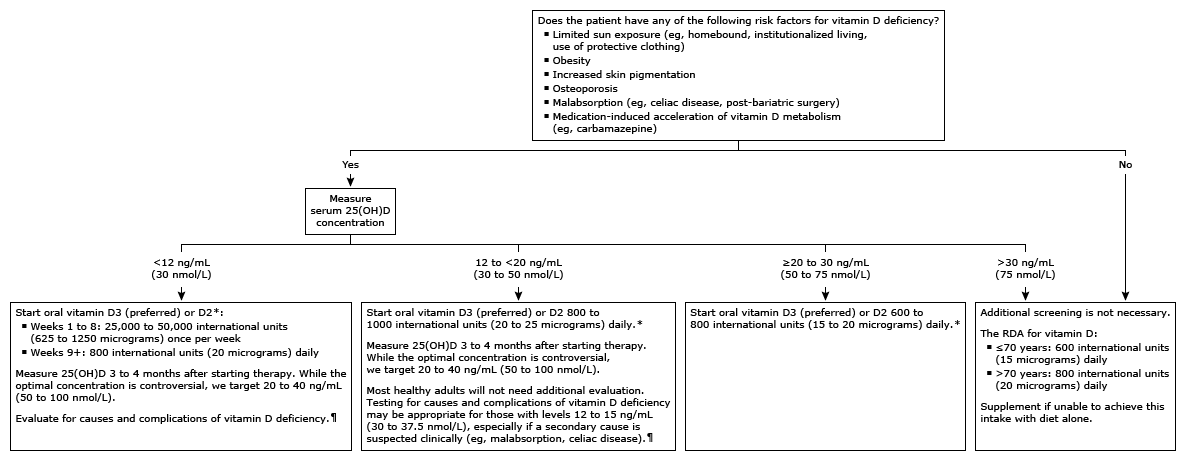
Credit to:
UpToDate
Research articles

